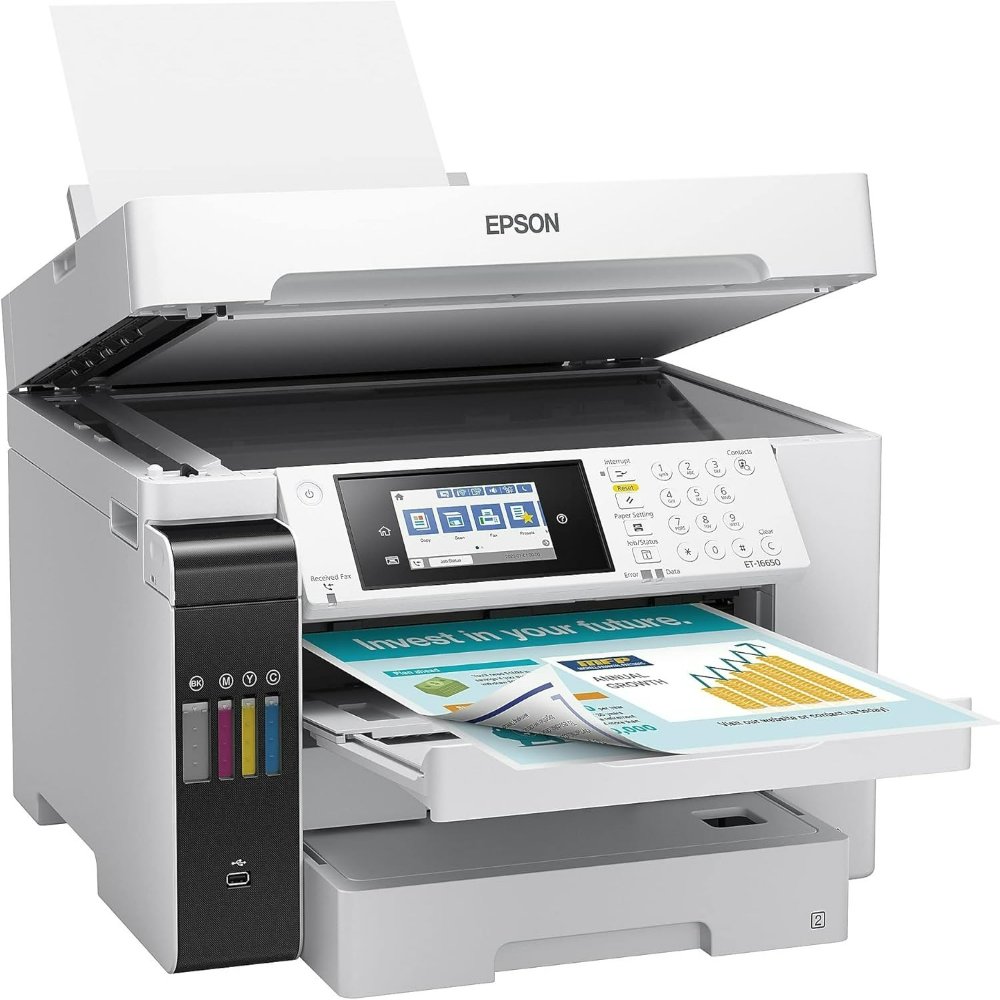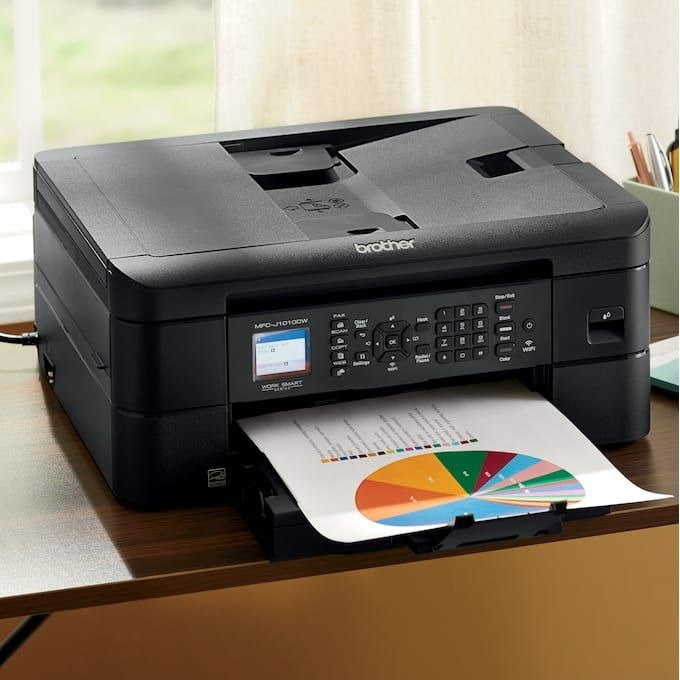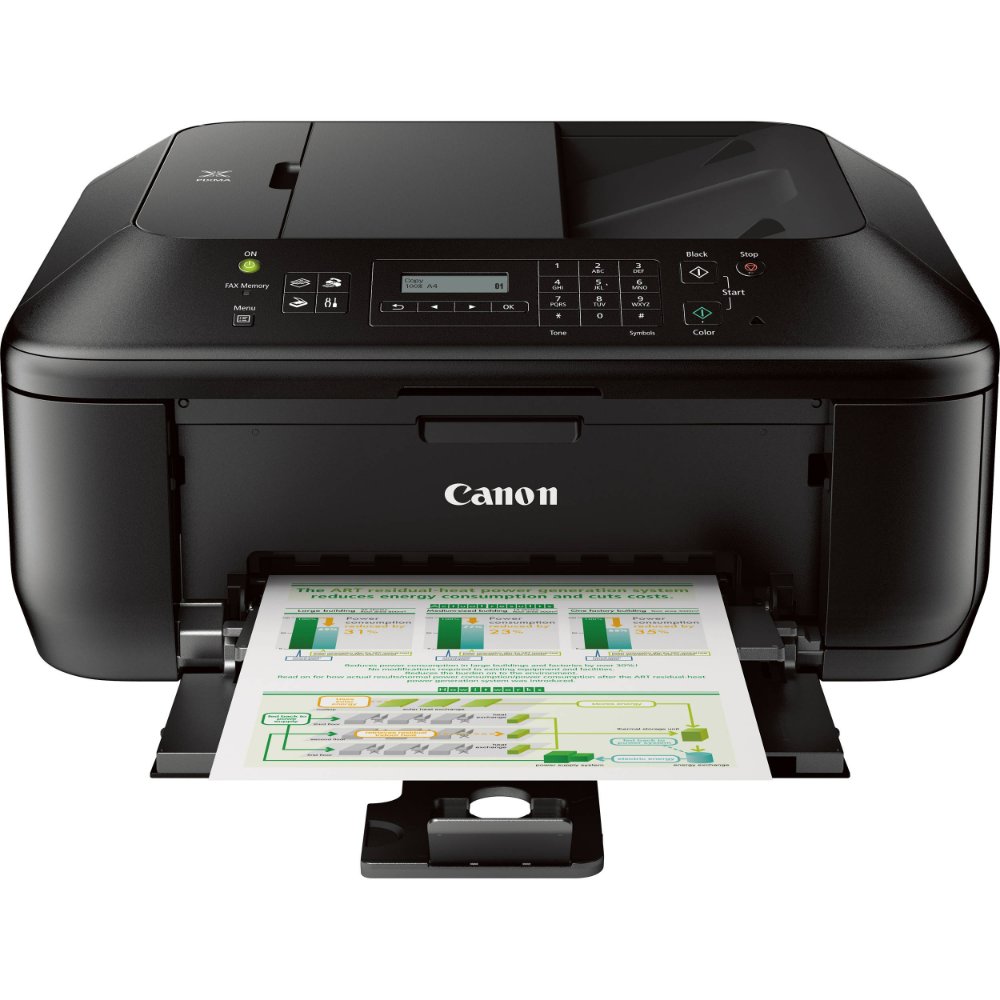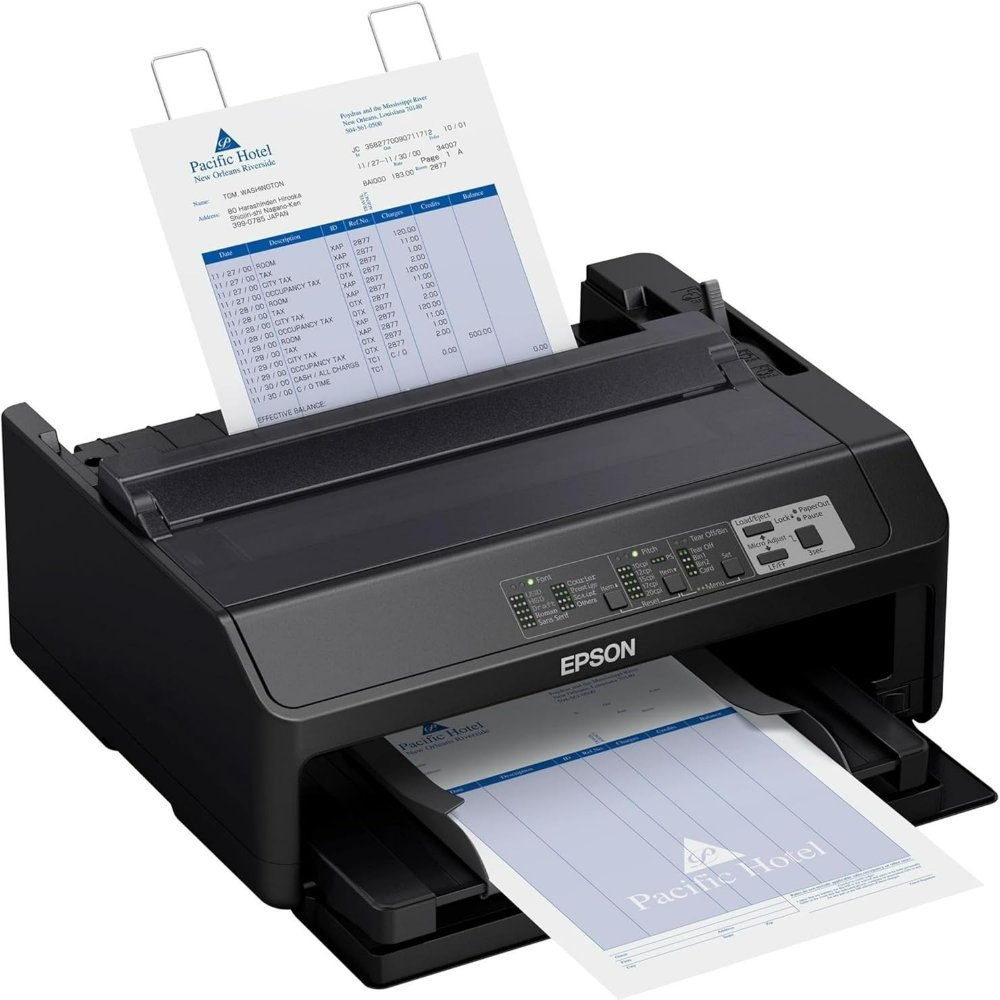Choosing the Right Printer for Your Small Business
Selecting the best printer for your small business can be a daunting task. Countless options exist, each with their own set of features and benefits. However, the right choice largely depends on your specific business needs. Below are steps to help you make an informed decision.
- Assess Printing Needs: Understand the volume and type of printing your business requires. Frequent color prints, high-resolution images, and heavy usage demand different printers compared to sporadic black and white document printing.
- Functionality Over Fashion: Look for functionality that aligns with your business workflows like scanning, copying, and faxing capabilities, rather than going simply for the latest model.
- Consider Print Speed and Quality: Check the printer’s speed (PPM – pages per minute) and resolution (measured in DPI – dots per inch) to ensure it meets your productivity and quality demands.
- Evaluate Connectivity: With the rise of mobile and remote working, ensure your printer supports various connectivity options such as Wi-Fi, Bluetooth, or Ethernet.
- Running Costs: Analyze the long-term costs including ink or toner expenses, electricity consumption, and maintenance after the initial purchase. Opt for a printer that offers a good balance between upfront and running costs.
- Space Constraints: Measure your available space. Compact printers save valuable office space while still providing the necessary features.
- Environmental Impact: Lastly, consider printers with energy-saving modes and automatic double-sided printing to reduce waste and operating expenses.
Through careful consideration of these factors, you will find the best printer for your small business that offers the reliability, quality, and efficiency you need to thrive in a competitive market.

Key Features to Look for in a Small Business Printer
Choosing the best printer for your small business involves looking at key features that align with your business’s operations. Here’s what to keep in mind:
- Multifunctionality: An all-in-one printer that can print, scan, copy, and fax can be a huge asset. It saves space and streamlines various tasks.
- Print Quality: High resolution is crucial if you’re printing detailed graphics or marketing materials. Look for printers with high DPI ratings for the best clarity.
- Durability: Opt for printers known for their longevity and reliability. A robust printer can handle the workflow of a bustling business.
- Network Connectivity: Ensure the printer supports Wi-Fi or Ethernet to allow multiple devices to connect easily. This feature is a must for modern businesses.
- Mobile Printing: With the rise of smartphone use, the ability for employees to print from mobile devices is a significant convenience.
- Easy to Use: A user-friendly interface and simple troubleshooting procedures can help minimize downtime.
- Speed: A printer with a high PPM rate is necessary to keep up with the pace of your business.
- Cost-Effectiveness: Look for a printer with a low cost per page. This can help control long-term expenses.
Incorporating these features into your search for the best printer for small business will ensure that you choose a model that not only meets current demands but also grows with your company. Remember to weigh these features against your specific business needs to find the ideal printer.
Inkjet vs. Laser: Which Is Best for Your Business Needs?
When choosing the best printer for small business, the inkjet vs. laser debate is significant. Both have benefits and drawbacks. Below, we’ve outlined crucial considerations to guide your decision.
- Initial Cost: Generally, inkjet printers are cheaper to buy than laser printers. Consider your budget.
- Print Quality: Inkjet printers excel in producing vibrant colors, perfect for high-quality images. Laser printers offer sharper text for professional documents.
- Print Speed: Laser printers usually print faster, making them suitable for high-volume printing. Inkjet printers might be slower but still effective for lower volumes.
- Cost Per Page: Laser printers often have a lower cost per page, especially for text documents. Inkjet printers can have higher ink costs.
- Usage Frequency: Inkjet printers can suffer from dried ink if not used regularly. Laser printers handle sporadic use better.
- Paper Handling: Laser printers typically manage a variety of paper types and sizes well. Inkjets are better for printing on photo paper.
- Maintenance: Consider ease of maintenance. Laser printers generally require less frequent attention than inkjet printers.
Your business’s needs will dictate which printer type is best. Consider these factors closely to make an informed choice.

Understanding Printer Connectivity Options for Small Businesses
When choosing the best printer for your small business, connectivity is a crucial factor to consider. Modern printers come with a variety of options that can greatly enhance workflow efficiency. In this section, we’ll explore the key connectivity features to look for. Here are the top connectivity options you should consider:
- Wi-Fi Printing: Look for printers that offer wireless printing capabilities. This allows employees to print from anywhere in the office without being tethered to the printer with cables.
- Ethernet Connectivity: For a more stable connection, a printer with an Ethernet port can be a good choice. This is ideal for businesses with a dedicated office space.
- Bluetooth: Some printers come with Bluetooth connectivity. This makes it possible to print from a range of devices, including mobile phones and tablets.
- Cloud Printing: Printers with cloud printing services enable you to print documents from anywhere with an internet connection. It’s a great feature for remote workers or for printing documents on the go.
- Mobile App Support: Manufacturers often provide mobile apps that make it easy to print directly from your smartphone. This is particularly handy for small businesses with a mobile workforce.
- USB Direct Printing: Having a USB port allows for direct printing from a flash drive. This can be useful for quick printing of documents without needing a computer.
- NFC (Near Field Communication): With NFC, you can print by simply tapping a compatible device onto the printer. It’s quick and convenient for small printing tasks.
It’s important to anticipate the needs of your business and choose a printer that offers the connectivity options that will support your operations. These features not only affect how you interact with your printer but also play a large part in optimizing your business’s productivity.
The Importance of Scalability and Future-proofing Your Print Setup
Choosing the best printer for small business also means thinking ahead. As your business grows, your printing needs will likely change. This is where scalability becomes essential. Scalability refers to how well your printer can adapt to increasing demands. A scalable printer setup can handle more tasks, varied print jobs, and higher volumes without compromising performance.
Investing in a printer that offers scalability can save you from future costs and hassles associated with upgrading too soon. To future-proof your print setup, consider the following:
- Expansion Options: Look for printers that allow for additional paper trays or memory upgrades.
- High Duty Cycle: Choose a printer with a duty cycle that surpasses your current needs to accommodate growth.
- Tech Advancements: Ensure the printer can receive firmware updates or incorporate new technologies to remain up-to-date.
- Compatibility: Select a printer that works with various operating systems and can adapt to new software developments.
- Modular Design: Some printers come with modular designs that allow for later additions like finishers or collators.
By focusing on these scalability and future-proofing aspects, you can make a printer choice that supports your small business both now and in the future. This foresight not only maximizes your investment but also ensures that your business won’t be disrupted by technology transitions, maintaining smooth operations as your requirements evolve.

Cost-Efficiency: Balancing Quality with Budget
When searching for the best printer for small business, cost-efficiency is a critical aspect. You need a printer that delivers quality prints without breaking the bank. Here’s how to balance the two effectively:
- Assess Print Volume: Know how much you print. This impacts ink or toner cost significantly.
- Examine Cost Per Page: Calculate the cost per page by considering ink or toner price and yield. Aim for a low cost per page.
- Look at Total Cost of Ownership: Consider upfront cost along with running costs like maintenance and supplies over the printer’s lifespan.
- Opt for High-Yield Cartridges: Printers that use high-yield cartridges can save money in the long run. They last longer and offer lower cost per page.
- Investigate Subscription Services: Some manufacturers provide ink subscription plans. These can offer savings for regular ink purchases.
- Check Energy Efficiency: Choose printers with energy-saving features to reduce electricity costs.
- Review Warranty and Service Plans: Understand what’s covered to avoid unexpected repair costs. Some plans may offer value for money.
Remember, the cheapest printer might not be the most cost-effective choice. Weigh initial costs against future expenses to find a printer that meets both your quality standards and budget.
Maintenance and Support Considerations for Small Business Printers
When hunting for the best printer for small business, don’t overlook maintenance and support. These can greatly influence your printer’s long-term value. Here are some points to guide you:
- Regular Maintenance: Frequent upkeep ensures your printer runs smoothly. Choose models that are easy to clean and service.
- User-Serviceable Parts: Some printers have components that users can replace themselves. This saves time and service fees.
- Manufacturer Support: Strong customer support from the manufacturer can be invaluable. Look for brands with good reputations for service.
- Warranty Length: A longer warranty can offer peace of mind. It means fewer worries about repair costs if problems arise.
- Service Agreements: Service contracts with technicians can keep your printer in top condition. They’re worth considering for high-use printers.
- Access to Parts: Make sure replacement parts are easily available. A printer with hard-to-find parts can lead to long downtimes.
- Training Resources: Some manufacturers provide tutorials or guides. These help you and your staff troubleshoot minor issues without professional help.
- Software Updates: Regular software updates keep your printer secure and efficient. Ensure your model receives consistent updates.
By paying attention to these maintenance and support factors, you can rest assured that the best printer for your small business won’t turn into a burden. Wise choices here can save you time, money, and frustration in the long run.
